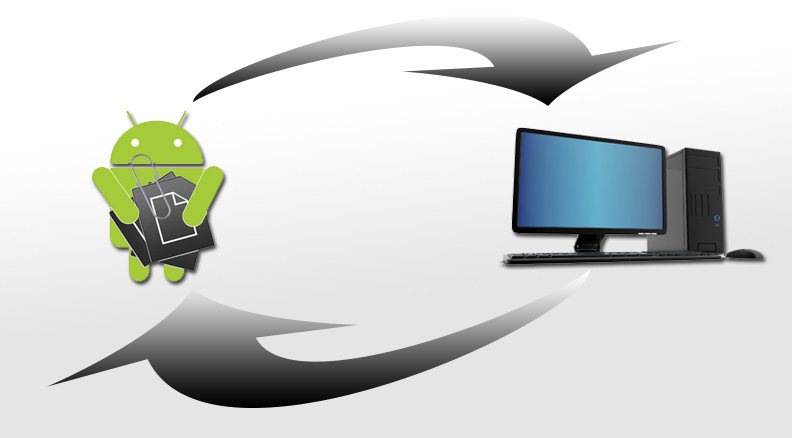
20 May How To: Transfer Files To And From Your Android Tablet
While tablets are becoming more powerful and feature packed, allowing for ‘real work’ to be done, there will be times where you will need to move from a computer to your tablet and back again. If you need to move your documents, photos and videos from your PC to your tablet and vice versa, check out these three easy ways below!
Using a MicroSD card
 If your tablet comes equipped with a microSD slot (which most of them do), this is a great USB replacement. It’s as easy as inserting the microSD card into the slot in the tablet, saving your files onto the microSD card and then inserting it into your laptop or PC.
If your tablet comes equipped with a microSD slot (which most of them do), this is a great USB replacement. It’s as easy as inserting the microSD card into the slot in the tablet, saving your files onto the microSD card and then inserting it into your laptop or PC.
One thing to note, some tablets require you to ‘Mount’ and ‘Unmount’ the microSD card in order to transfer files to and from the microSD card. In order to ‘mount’ a microSD card in an Android tablet, you may need to reformat the SD before the tablet will recognise it:
a) Insert the microSD card into your tablet.
b) Navigate to Settings > Storage and select the reformat option.
c) Once the microSD card has been reformatted, select the ‘Mount SD Card’ option (under Settings > Storage) and it should be good to go.
To transfer files from your tablet onto the microSD card, you will need to download a file manager app from the Google Play Store such as Astro File Manager, or use the native file manager pre-loaded on your device. These applications should make it as simple as copy and paste or drag and drop!
Using The Cloud
 You may be a little bit sick of hearing about ‘ The Cloud’, but when it comes to storing documents and syncing across devices it is one of the simplest and most reliable methods.
You may be a little bit sick of hearing about ‘ The Cloud’, but when it comes to storing documents and syncing across devices it is one of the simplest and most reliable methods.
There are a heap of cloud storage providers out there that you can use such as DropBox, SkyDrive, Amazon S3 and Google’s own GoogleDrive, and all it takes is to download the app on your device and on your PC, set up a folder for your cloud service, sync and off you go!
When using your tablet, it’s always better to ensure that the Cloud app doesn’t automatically sync, as it will quickly chew up alot of your device’s internal storage when downloading files from the cloud. It’s always better to manually sync to the cloud to ensure you don’t incur extra data charges.
The File Manager Method
 The File Manager method is great for those of you looking to transfer files between a single tablet and computer. As stated before in the microSD card method, you can download a file manager easily from the Google Play store. The only catch is that it must be SMB- aware (SMB stands for Server Message Block, which is a protocol for sharing files, printers, serial ports and communications abstractions such as named pipes and mail slots between computers).
The File Manager method is great for those of you looking to transfer files between a single tablet and computer. As stated before in the microSD card method, you can download a file manager easily from the Google Play store. The only catch is that it must be SMB- aware (SMB stands for Server Message Block, which is a protocol for sharing files, printers, serial ports and communications abstractions such as named pipes and mail slots between computers).
Once you have downloaded a SMB-aware file manager such as AndSMB, you can define multiple SMB shares using either a Windows or Linux desktop and mount those shares to your SD card. Once you have the share mounted, you can use it as if it were a file on the local system.
It is possible to create folders, upload from the device file manager, rename files, open files, search, and more. Although transferring via SMB is one of the best methods of file transfer, you must know how to set up the shares on the desktop/server.
Here’s how for a Windows desktop:
- Right-click the folder to share (from within the file manager)
- Select Properties
- Select from the Share (or Sharing)
- Set up the share
Finally, in order to make the SMB file transfer work, you must be on the same wireless network as the computers with the shared folders. This means that you have to be on a wireless network.
Do you have any other ways of transferring files to and from your tablet?




